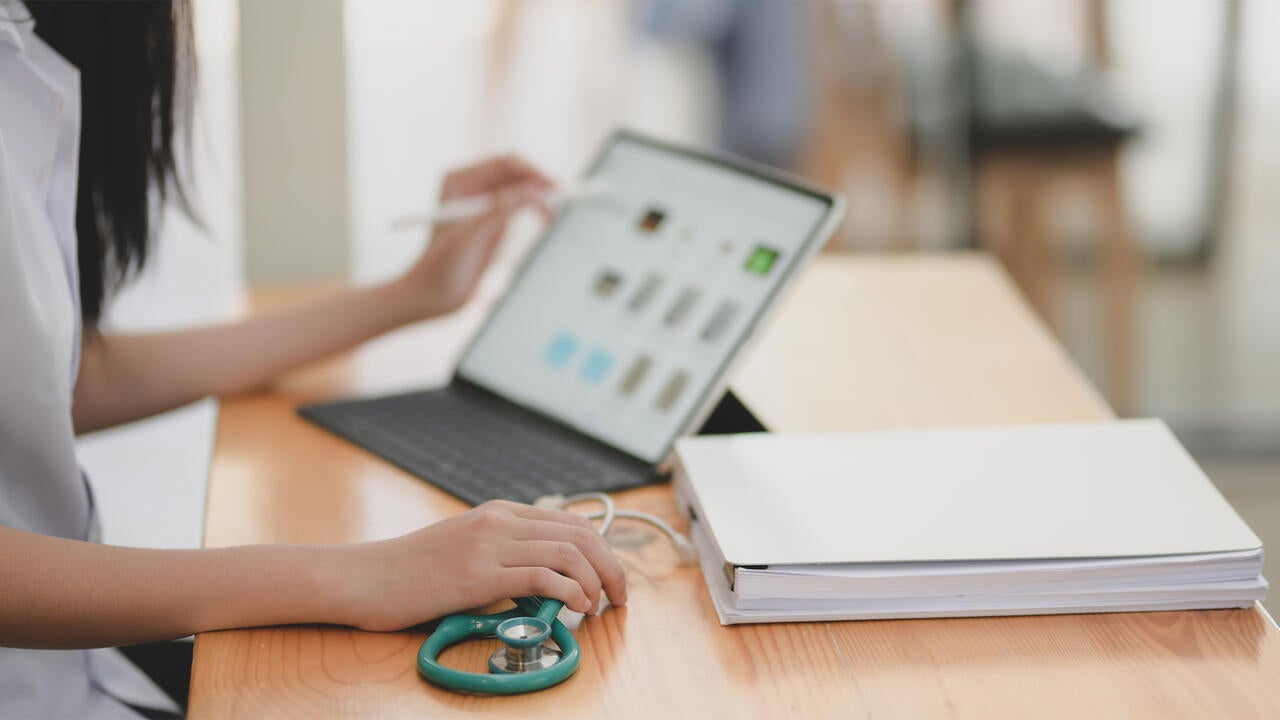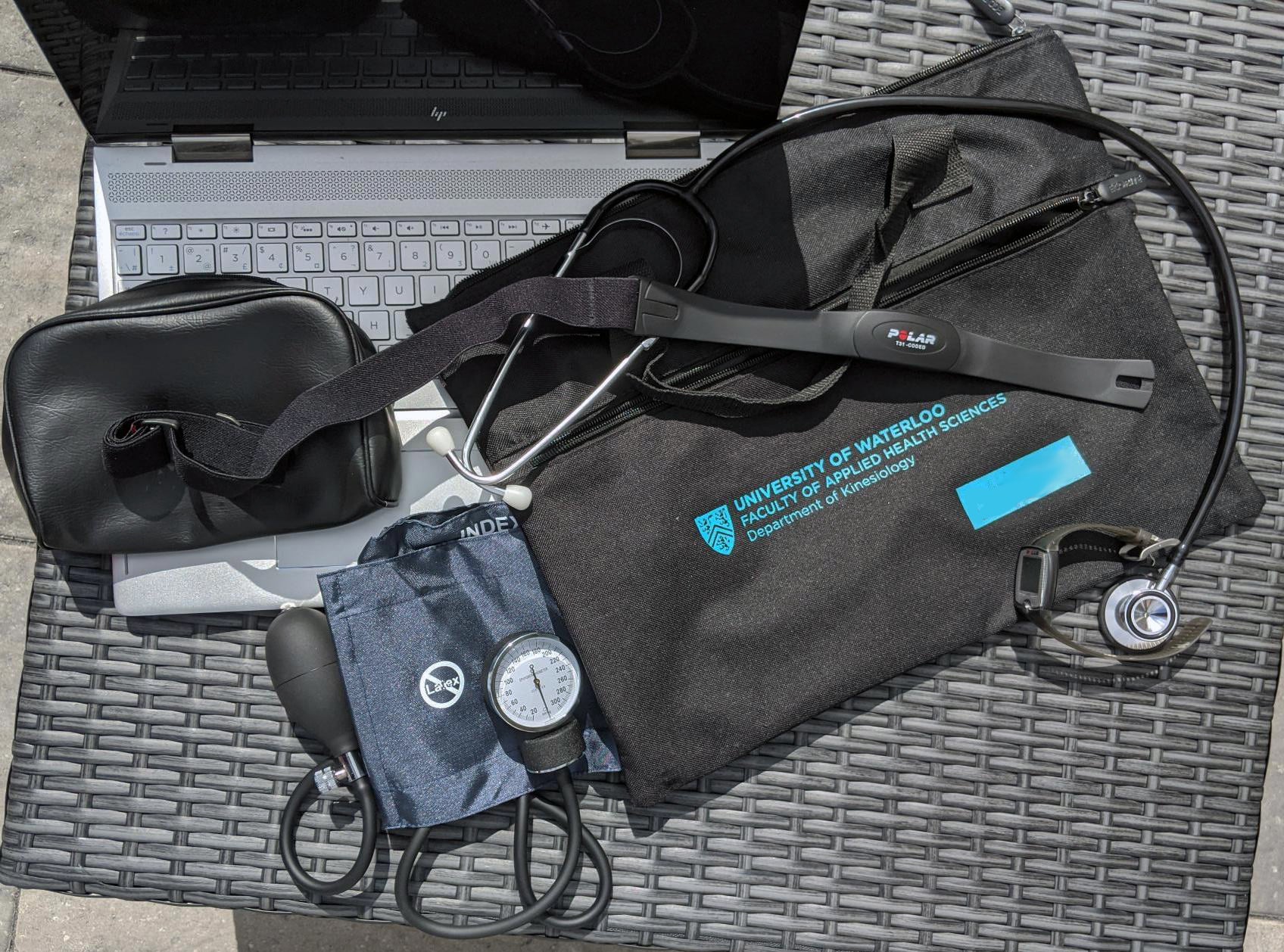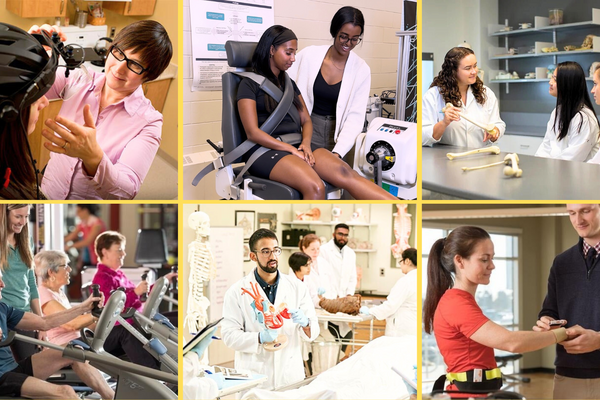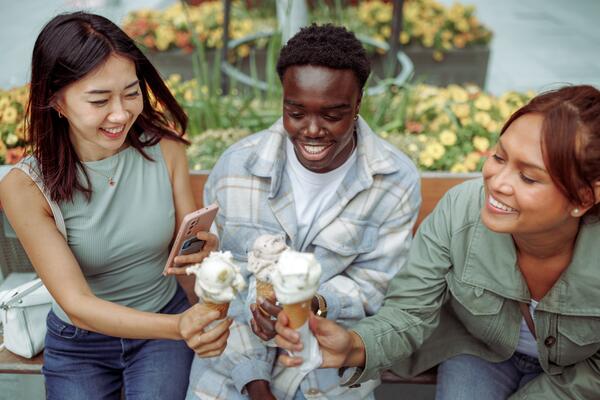
The making of a virtual lab
How Waterloo’s Faculty of Applied Health Sciences is pivoting in-person labs to online, at-home lessons

How Waterloo’s Faculty of Applied Health Sciences is pivoting in-person labs to online, at-home lessons
By Eugenia Xenos Anderson Faculty of Applied Health SciencesWhen Devon Asemota was a second-year Kinesiology student, he took the Introduction to Exercise Physiology lab and experienced through hands-on learning how to assess an individual’s cardiovascular fitness.
Now in his fourth year, Asemota is preparing that same lab for incoming second-year students who will experience it virtually.
Working as an online learning assistant (OLA), part of a special government program that provided partial funding for co-op students to help transition courses into an online format, Asemota and a team of OLAs are creating videos to mimic real, in-lab experiences.
“The more work I put into this, the better I make the videos, the more the second-years will get from this experience,” Asemota says. “It’s actually been a more fun process than I had expected.”
Asemota predicts the videos will have long-lasting benefits when it comes to making pre-labs more engaging and could continue to be used even when back on campus.
“Before COVID, students had to read a lab manual and complete pre-lab documents before going in to see how things are done for the first time. It obviously took a while to figure out what was what and how things are set up — especially if they hadn’t taken the time to do their readings before the lab.
“This will open it up for visual learners who can watch the video and understand what they have to do in the lab, as well as students who are good at following the lab manual.”
Other Kinesiology students, like those in Bill McIlroy’s lab class on wearable technologies, will receive wearable equipment so they can collect data remotely and run labs using web-based applications to process the information.
This new approach will allow the fourth-year class to physically put into practice the knowledge they are learning in class from the comfort of their homes.

A medical kit called "Kin Kits" will be mailed to more than 250 registered students.
Similarly, the first-year Fundamentals of Kinesiology lab will mail “Kin Kits” to their more than 250 registered students — medical kits equipped with a blood pressure cuff, stethoscope and a goniometer (to measure the body’s joint angles), among other things. The equipment will allow students to conduct tests with those in their immediate “bubbles.” They’ll also have to complement videos to help students through each lesson.
“We’re working hard to try and make this the best learning opportunity that we can,” says Laurie Jones, the class instructor. “These videos will probably be used even once we are back on campus. They’ll be helpful for students to review so they know exactly what’s happening before they go into the lab. They will be a good learning tool.”
She also adds that by working remotely and having access to equipment around the clock, the opportunity for students to strengthen their interpretation and analysis skills will increase.
“They might be far better at interpreting the values and understanding the implications of changing variables because there will be more focus on this.”
Rob Burns, who teaches a fourth-year Kinesiology lab on sports injury evaluation, realizes that while these online lab experiences come with the unchartered territory, the path forward has uncovered learning opportunities to integrate soft-learning skills into hard-data lessons.
“We have developed some new situation analysis tools to help students practice their critical reasoning: the ability to think through informative assessments that they can practice on their own with no stakes or marks, which they can do on their own time.”
These unique learning practices will also offer professors and instructors a new method of connecting with and evaluating students.
“Students will have to do hands-on exercises that we will assess virtually, trying to pick up any issues they might have while doing the testing on individuals in their bubbles.
“It might be more challenging for us professors or instructors to correct techniques they have to perform, but it will give students the ability to view and review videos we’ve provided so that they can go back and correct themselves,” he says. “It will also give them the opportunity to test on people they are comfortable with. That is unique as well.”
In the end, Asemota has some advice for students taking online labs. “See which topics interest you that you didn’t know about before. Keep an open mind, and you will get a lot out of this experience.”

Read more
From optometry and pharmacy to public health and therapeutics, Waterloo alumni are powering Canada’s health care sector

Read more
“I’m just like you.”

Read more
Dr. Troy Glover shares key strategies for improving health and well-being this year through collective community participation
The University of Waterloo acknowledges that much of our work takes place on the traditional territory of the Neutral, Anishinaabeg, and Haudenosaunee peoples. Our main campus is situated on the Haldimand Tract, the land granted to the Six Nations that includes six miles on each side of the Grand River. Our active work toward reconciliation takes place across our campuses through research, learning, teaching, and community building, and is co-ordinated within the Office of Indigenous Relations.